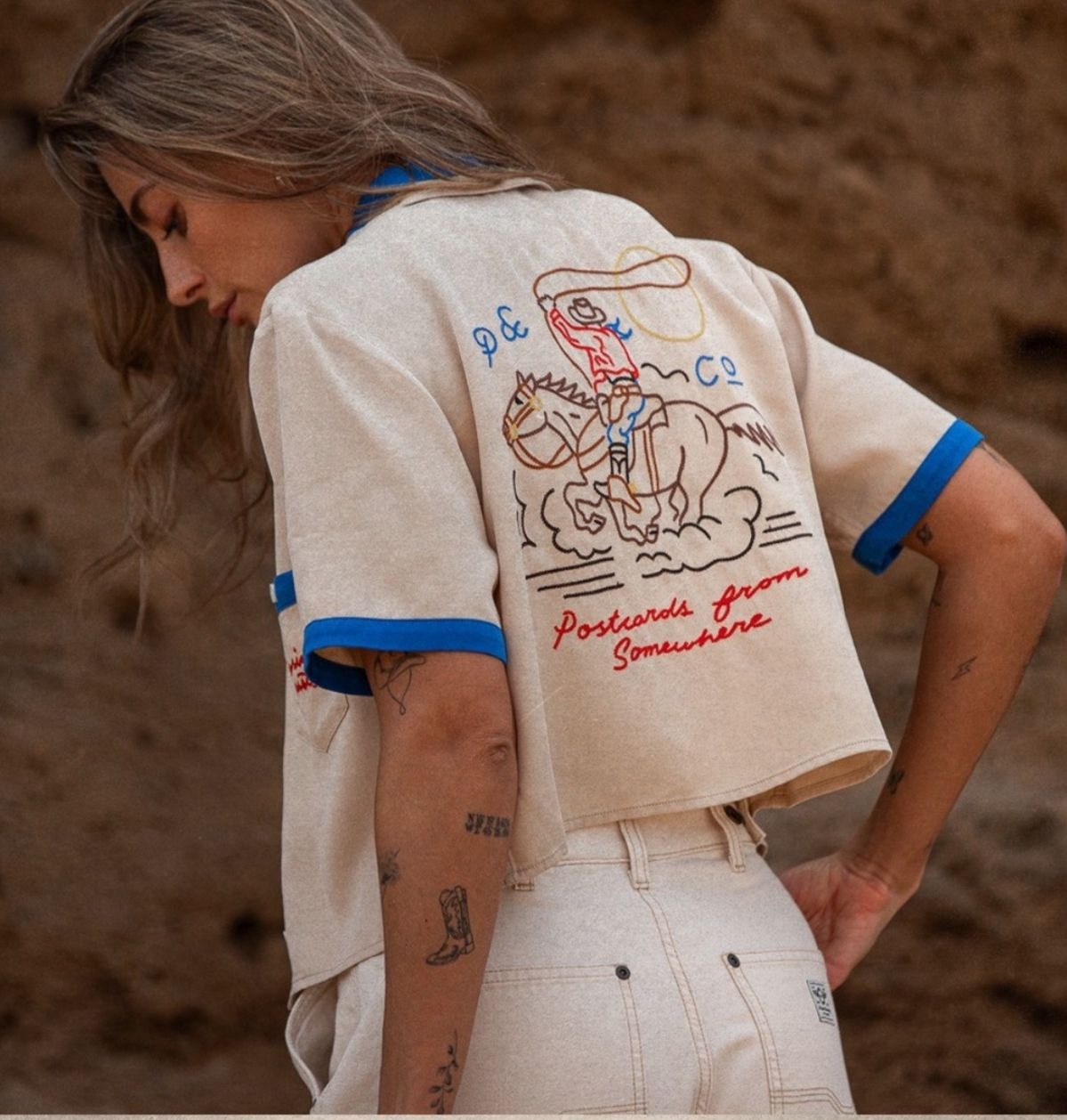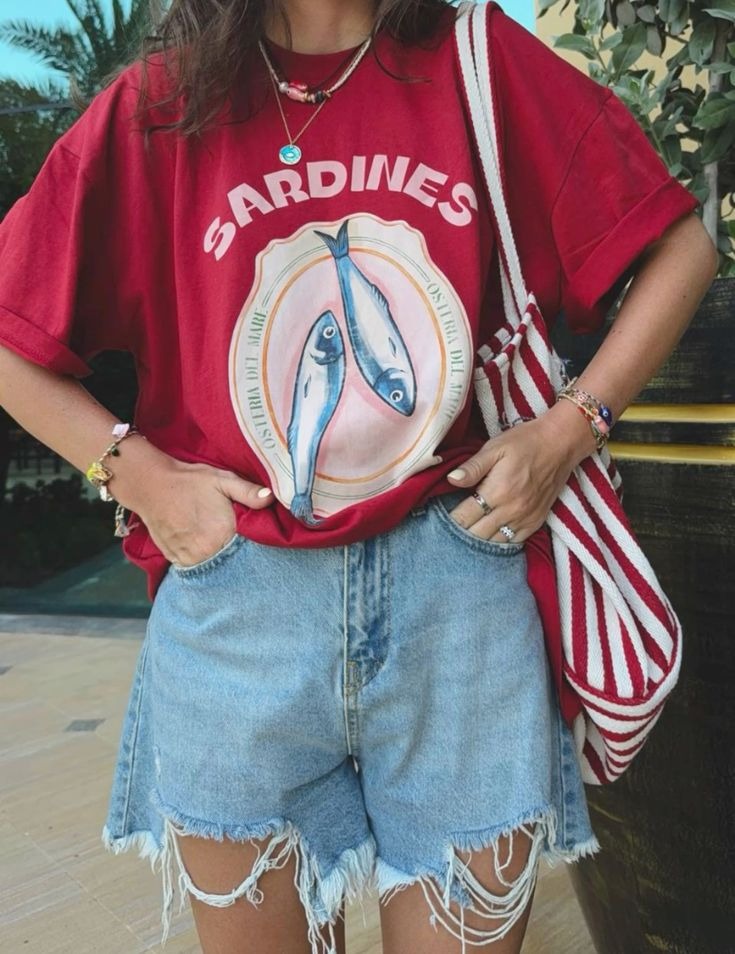Fashion has long transcended the mere act of dressing. It is an evolving language through which individuals communicate identity, culture, values, and creativity. From the ornate robes of ancient royalty to the minimalist aesthetics of contemporary streetwear, fashion serves as a dynamic reflection of both personal and societal evolution. In the contemporary world, where change is constant and global influence is pervasive, the role of fashion has become increasingly complex and layered. It is no longer confined to the runway or the pages of glossy magazines but permeates social media, everyday life, and even political movements. The history of fashion is not just a chronology of changing silhouettes and fabrics; it is a living testimony of how human beings have expressed themselves and responded to the shifting currents of time.
The relationship between fashion and culture is deeply interwoven. Every society has developed unique styles influenced by geography, climate, tradition, and belief systems. In India, the sari and kurta reflect not only aesthetic preferences but also cultural heritage. In Japan, the kimono represents a timeless elegance rooted in ritual and formality. Meanwhile, in Western cultures, fashion has often been used as a form of rebellion and self-assertion. The punk movement of the 1970s, for example, was as much about music as it was about ripped clothing, studded jackets, and anti-establishment symbolism. These cultural imprints are not static. As societies evolve, so do their dress codes, assimilating external influences while reinterpreting tradition. Globalization has accelerated this cross-cultural exchange, enabling a kimono to be paired with jeans or a Vietnamese áo dài to be reinvented on a modern runway. In this fluid interaction, fashion becomes a dialogue rather than a monologue.
Technology has played a pivotal role in transforming the fashion industry. From the invention of the sewing machine to the rise of digital fashion shows, innovation has consistently reshaped how fashion is produced, consumed, and perceived. The Internet has democratized fashion, allowing anyone with a smartphone and social media account to become a tastemaker or critic. Fashion blogs, digital influencers, and online stores have eroded the old hierarchy where only a few dictated trends. Now, trends can emerge from virtually any corner of the world, often gaining momentum through virality rather than official endorsement. Technology has also opened doors for sustainability, allowing for the creation of eco-friendly materials, virtual fitting rooms, and more transparent supply chains. 3D printing, biodegradable fabrics, and AI-assisted design are no longer futuristic concepts but realities reshaping how we understand clothing. Yet, this rapid innovation brings its own challenges, including issues of digital authenticity, fast-paced consumption, and environmental impact.
Fashion’s intersection with identity is one of its most powerful aspects. For many, clothing is not merely about appearance but about articulating who they are, where they belong, or who they aspire to become. Gender expression, for instance, has found new forms through fashion. Non-binary and transgender individuals often use fashion as a tool for visibility and empowerment. The dissolution of rigid gender norms in fashion has given rise to unisex collections, fluid silhouettes, and inclusive sizing. Race and ethnicity are similarly expressed through fashion. African prints, Indigenous designs, and Asian motifs are often worn with pride to assert cultural belonging and challenge dominant narratives. At the same time, the commercialization of these elements has raised questions about cultural appropriation versus appreciation. Who has the right to wear certain garments, and under what circumstances? These debates underscore how fashion is not merely superficial but deeply political and emotionally charged.
Fashion also mirrors societal structures and economic systems. The rise of fast fashion is a direct response to capitalist demands for speed, efficiency, and mass accessibility. Brands churn out collections every few weeks, encouraging consumers to buy more frequently and dispose of clothing just as quickly. While this has made fashion more accessible, it has also led to significant ethical and environmental concerns. Sweatshop labor, textile waste, and overconsumption are now at the forefront of industry critique. In response, slow fashion has emerged as a counter-movement advocating for mindful consumption, ethical production, and durability. Brands that emphasize quality over quantity are gaining traction, especially among younger consumers who are increasingly aware of their environmental footprint. Fashion thus becomes a battleground between profit and principle, between aesthetic desire and ecological responsibility.
The role of fashion in social and political movements cannot be understated. Throughout history, clothing has been used to make statements, protest injustice, and demand change. The suffragettes wore white as a symbol of purity and resistance. The Black Panthers donned black leather jackets and berets as emblems of strength and solidarity. In recent years, movements such as Black Lives Matter and MeToo have also found expression through fashion. Protest T-shirts, symbolic colors, and even the act of dressing modestly or flamboyantly can be loaded with political meaning. Runways have also become platforms for advocacy, with designers using their collections to highlight issues such as immigration, climate change, and LGBTQ+ rights. Fashion weeks in cities like New York, Paris, and London are no longer just about showcasing trends but about sparking conversations. Clothing becomes not only an expression of style but a tool for activism.
At a personal level, fashion offers a means of self-discovery and emotional comfort. The act of choosing what to wear each day can be both a creative outlet and a psychological ritual. Some find joy in experimenting with colors and silhouettes, while others adhere to uniforms that reflect inner stability. Personal style often evolves alongside life experiences, adapting to changing roles, relationships, and self-perceptions. For adolescents, fashion can be a way to explore identity and assert independence. For adults, it may become a medium to balance professional expectations with individual flair. For the elderly, fashion can either reconnect them with past elegance or redefine aging through bold choices. Regardless of age, gender, or background, fashion remains a deeply personal form of storytelling.
The future of fashion lies in its ability to balance creativity with responsibility. As climate change accelerates and social inequalities persist, the fashion industry must grapple with its impact and purpose. Education plays a crucial role in this transition. Fashion schools are now incorporating sustainability, ethics, and diversity into their curricula. Designers are being encouraged to think beyond aesthetics and consider the lifecycle of their creations. Consumers, too, have a role to play. The rise of secondhand fashion, clothing rental services, and minimalist wardrobes points to a shift in mindset. People are beginning to value versatility, longevity, and authenticity over sheer novelty. Brands that align with these values are not only surviving but thriving, proving that ethics and aesthetics are not mutually exclusive.
Moreover, the boundaries of fashion are continually expanding. Virtual fashion, digital garments, and the metaverse are pushing the limits of what clothing can be. Avatars now attend virtual fashion shows dressed in outfits that exist solely in cyberspace. While this may seem detached from reality, it raises intriguing questions about identity, ownership, and expression in digital realms. As humans increasingly inhabit hybrid worlds, fashion will likely follow, adapting to new forms and platforms. This does not signal the end of traditional craftsmanship or physical garments, but rather a broadening of the fashion landscape. The tactile will coexist with the virtual, the local with the global, the handcrafted with the algorithmic.
In conclusion, fashion is far more than a decorative pursuit. It is a dynamic interplay of history, culture, technology, identity, and ethics. It reflects who we are, where we come from, and where we are going. As both mirror and maker of society, fashion has the power to influence, to inspire, and to incite change. In a world marked by uncertainty and transformation, fashion offers a rare combination of continuity and reinvention. It allows us to hold onto tradition while stepping into the future. Through every thread and silhouette, fashion continues to weave the human story—complex, beautiful, and ever-evolving



